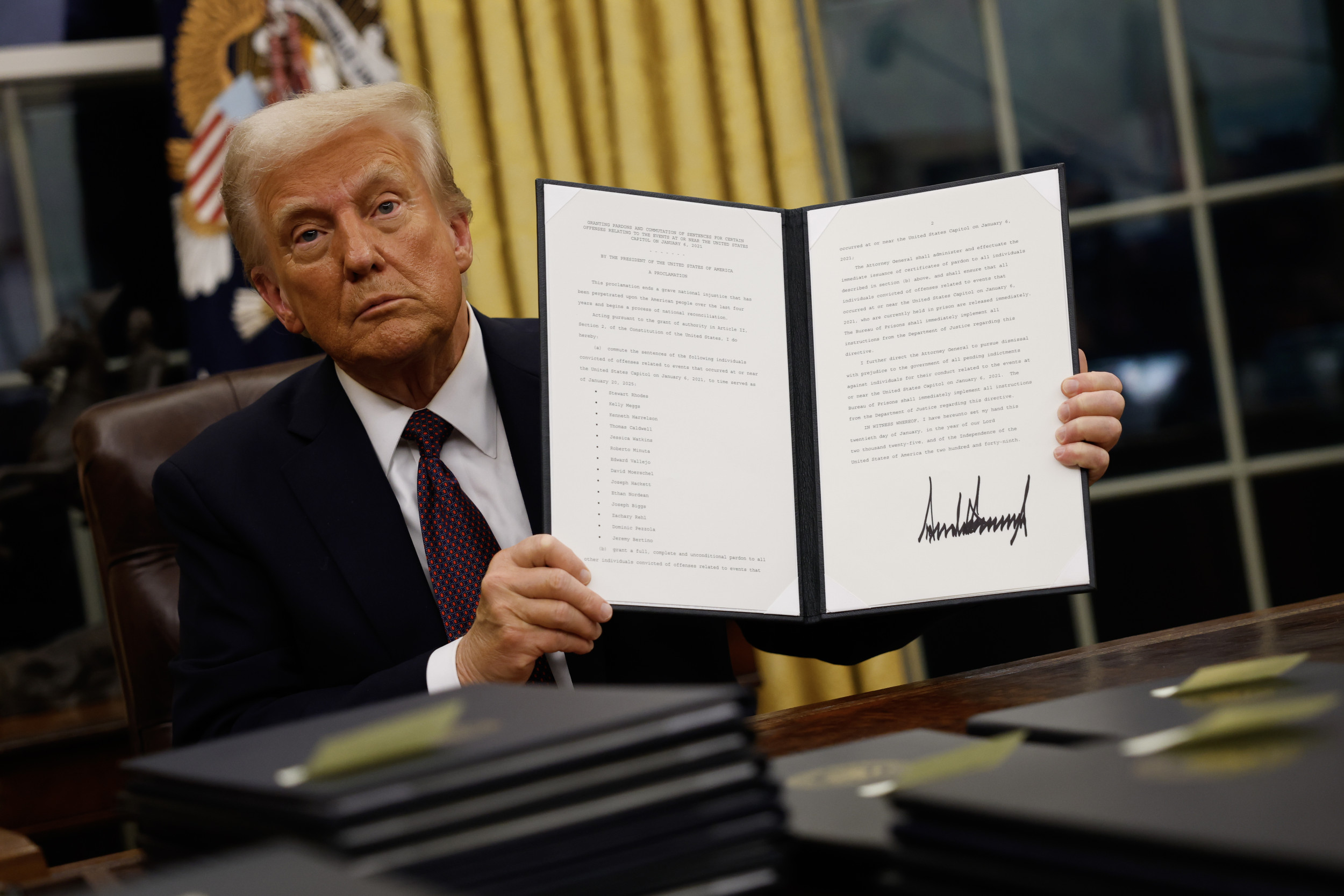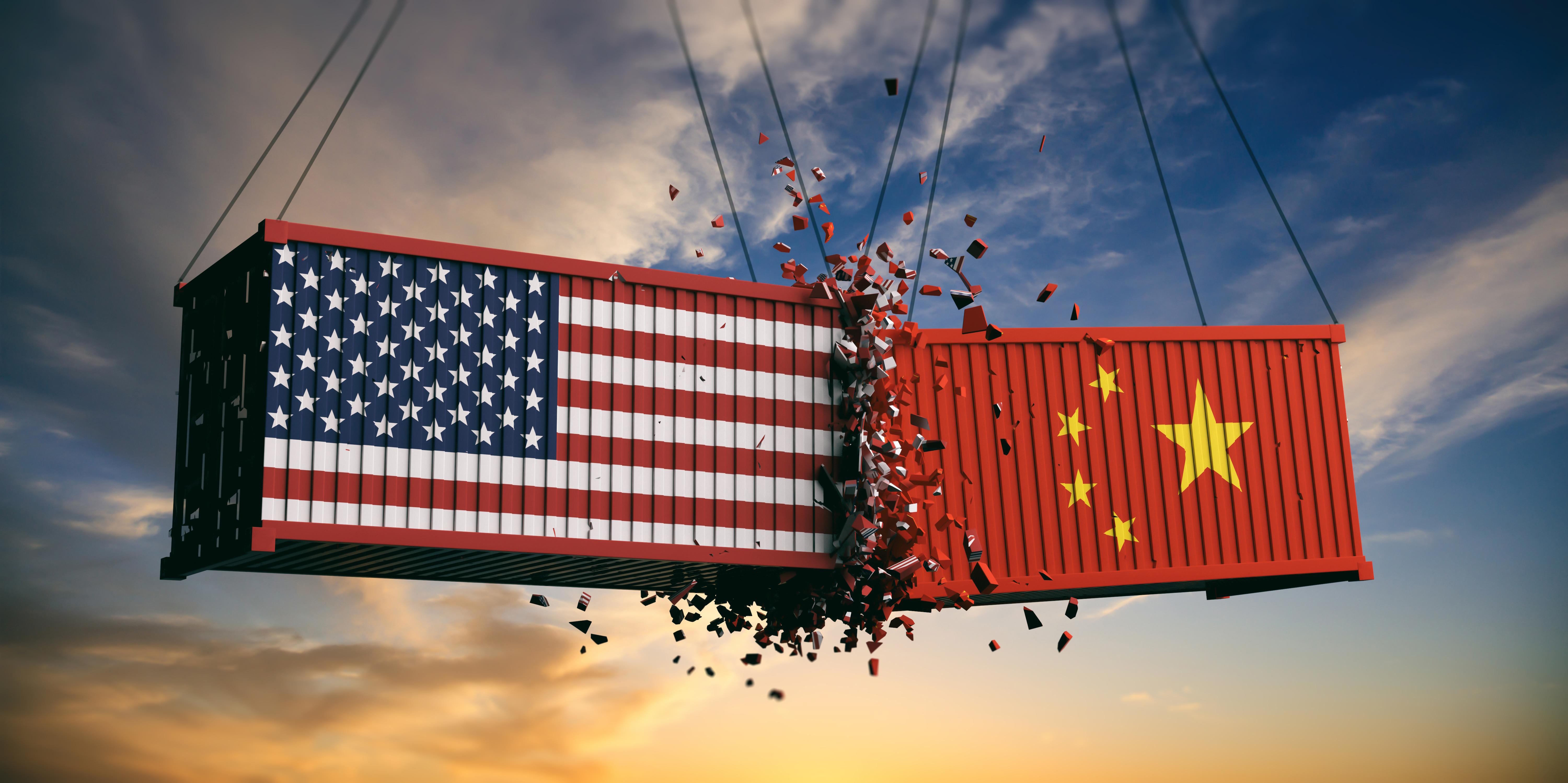Understanding The Impact Of Trump's Tariffs On Global Trade
When former President Donald Trump introduced tariffs on key trading partners such as Canada, Mexico, and China, it marked a pivotal moment in U.S. trade policy. These tariffs sent ripples through global markets, reshaping trade dynamics and sparking intense debates. For businesses, policymakers, and consumers, understanding the implications of these tariffs is more critical than ever.
Trade tariffs have historically served as a tool for governments to safeguard domestic industries and regulate international commerce. However, the scope and scale of the tariffs implemented under Trump were unprecedented, targeting some of the largest U.S. trading partners. The decision to impose these tariffs stemmed from a desire to address trade imbalances and revitalize American manufacturing.
This article explores the specifics of Trump's tariffs, their effects on Canada, Mexico, and China, and their broader implications for global trade. We will delve into the reasoning behind these tariffs, their economic impact, and the reactions from affected nations. By the end of this article, you will gain a comprehensive understanding of how these tariffs transformed international trade relations.
- Exploring The Dynamic Duo Jaime Pressly And Margot Robbie
- Exploring The Inspiring Life And Legacy Of Whitney Mathers
Table of Contents
- Overview of Trump's Tariffs
- Effects on Canada
- Effects on Mexico
- Effects on China
- Reasoning Behind the Tariffs
- Economic Consequences of the Tariffs
- Reactions from Affected Countries
- Global Trade Landscape
- Long-Term Ramifications
- Final Thoughts
Overview of Trump's Tariffs
In 2018, the Trump administration announced tariffs as part of a broader strategy to address perceived unfair trade practices. These tariffs primarily focused on steel and aluminum imports, with Canada, Mexico, and China being the most impacted nations. The administration invoked Section 232 of the Trade Expansion Act of 1962, citing national security concerns as the justification.
Key Tariffs Implemented
- 25% tariff on steel imports
- 10% tariff on aluminum imports
These tariffs were designed to shield the American steel and aluminum industries, which were struggling against increased competition from foreign producers. However, they also raised concerns about potential retaliation and the onset of trade wars.
Effects on Canada
As one of the United States' closest allies and largest trading partners, Canada was profoundly affected by the tariffs. A major exporter of steel and aluminum to the U.S., Canada's economy bore the brunt of these measures.
- Exploring The Financial Success And Impact Of Dav Pilkey
- Exploring The Legacy Of Paramore A Deep Dive Into Their Journey Music And Impact
Economic Ramifications
The tariffs led to increased expenses for Canadian businesses and consumers. Companies reliant on exporting to the U.S. faced reduced demand, while domestic consumers experienced higher prices for goods made with steel and aluminum. According to a report by the Canadian Chamber of Commerce, the tariffs resulted in billions of dollars in lost revenue for Canadian enterprises.
Effects on Mexico
Mexico, another critical trading partner, also suffered significantly from Trump's tariffs. Its manufacturing sector, which heavily depends on exports to the U.S., was particularly impacted. The tariffs disrupted supply chains and inflated production costs for Mexican companies.
Sector-Specific Impacts
- Automotive industry: Higher costs for steel and aluminum components
- Construction sector: Increased expenses for materials
Mexico retaliated by imposing tariffs on U.S. goods, further straining the economic ties between the two nations.
Effects on China
China, the primary target of Trump's tariffs, faced the most extensive measures. The tariffs covered a wide array of products, from electronics to machinery, and were part of a broader trade dispute between the two economic giants.
Escalation of the Trade War
The tariffs triggered a trade war, with China responding by imposing its own tariffs on American goods. This escalation affected global markets, leading to volatility and uncertainty. According to the Peterson Institute for International Economics, the trade war cost both nations billions of dollars in lost trade and investment opportunities.
Reasoning Behind the Tariffs
The Trump administration justified the tariffs as a necessary step to protect American jobs and industries. It argued that foreign countries were engaging in unfair trade practices, such as subsidizing their industries and dumping products at below-market prices.
Core Arguments
- Reduction of trade deficits
- Protection of domestic industries
- Addressing intellectual property theft
While these arguments found support among some economists and industry groups, others criticized the tariffs for potentially harming the U.S. economy and its relationships with key allies.
Economic Consequences of the Tariffs
The economic impact of Trump's tariffs was substantial, affecting both the U.S. and its trading partners. While the tariffs aimed to bolster domestic industries, they also led to increased costs for consumers and businesses.
Domestic Impact
U.S. businesses reliant on imported steel and aluminum faced higher production costs, which were often passed on to consumers. The tariffs also disrupted supply chains, especially in industries like construction and manufacturing.
Global Impact
Globally, the tariffs heightened trade tensions and uncertainty. Affected countries responded with retaliatory measures, leading to a cycle of tit-for-tat actions that influenced global trade flows.
Reactions from Affected Countries
The countries targeted by Trump's tariffs responded in various ways, ranging from diplomatic efforts to retaliatory tariffs. These responses underscored the complexities of modern trade relations and the challenges of balancing national interests with global cooperation.
Canada's Reaction
Canada pursued diplomatic channels to resolve the issue, emphasizing the importance of its trade relationship with the U.S. The country also imposed retaliatory tariffs on U.S. goods, targeting products such as steel, aluminum, and consumer goods.
Mexico's Reaction
Mexico adopted a similar approach, imposing tariffs on a range of U.S. products. The country also sought to diversify its trade relationships, exploring new markets to lessen its reliance on the U.S. as a trading partner.
China's Reaction
China's response was the most aggressive, with the country imposing tariffs on a wide range of U.S. goods. The trade war between the two nations dominated global headlines, with both sides engaging in prolonged negotiations to resolve their differences.
Global Trade Landscape
The tariffs imposed by Trump reshaped global trade dynamics, influencing supply chains, market prices, and international relations. The uncertainty created by the tariffs prompted many businesses to rethink their sourcing strategies and explore alternative markets.
Shift in Trade Patterns
As countries sought to mitigate the impact of the tariffs, there was a noticeable shift in trade patterns. Some businesses relocated production facilities to countries unaffected by the tariffs, while others aimed to diversify their supplier base.
Long-Term Ramifications
The long-term implications of Trump's tariffs are still unfolding. While the tariffs may have achieved some short-term objectives, such as boosting certain domestic industries, their long-term effects on the global economy remain uncertain.
Possible Outcomes
- Increased protectionism in global trade
- Shifts in global supply chains
- Changes in international trade agreements
As countries continue to navigate the aftermath of the tariffs, the lessons learned from this period will shape future trade policies and relationships.
Final Thoughts
Trump's tariffs on Canada, Mexico, and China marked a significant shift in U.S. trade policy, with far-reaching implications for global trade. While the tariffs aimed to protect American industries and reduce trade deficits, they also led to increased costs for consumers and businesses, as well as strained relationships with key allies.
As we look to the future, it is essential to reflect on the lessons from this era and strive toward more balanced and cooperative trade policies. We encourage you to share your thoughts and insights in the comments section below. Additionally, explore other articles on our site for in-depth analyses of global trade issues.
- Exploring The Life And Legacy Of Albert Ingalls A Tribute To A Literary Icon
- Exploring The Life And Legacy Of Michael Rainey Jr And His Family

Why Does Donald Trump Want Tariffs on Canada, Mexico and China in 2025

Trump says he'll slap tariffs on Canada, China and Mexico on Day 1

Trump Tariffs Hit China Where It Matters Most